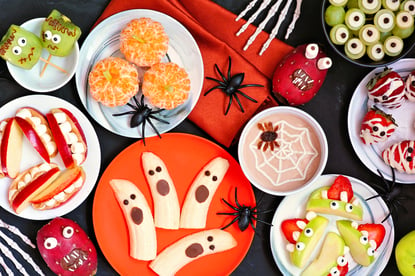 Halloween is a day full of fun, costumes, treats, friends, and family! With all the food and candy, is it even possible to be “healthy” and still enjoy the festivities? The answer is YES. Take a look at these SPOOK-tacular tips to keep you and your family in good health.
Halloween is a day full of fun, costumes, treats, friends, and family! With all the food and candy, is it even possible to be “healthy” and still enjoy the festivities? The answer is YES. Take a look at these SPOOK-tacular tips to keep you and your family in good health.
Find a Balance
Halloween comes around once a year. It’s a time to feed your social and mental health, which may require easing up on the physical health guidelines for a moment. Remember, any decision you make for your physical health that comes at the expense of your social and mental health may not be all that great after all.
Let’s be honest, Halloween is FUN. The candy is FUN. Trick-or-treating is FUN. All this feeds our mental and social health. Plus, think about it: daily nutritional choices consistently over time have the greater impact on your health than nutrition choices on one holiday.
What does this “balance” look like? Keep reading.
Use portion control and omit the “off-limits” mentality.
All foods in moderation can fit into a healthy regimen. Instead of making candy off-limits, work it into your established routine. Still have breakfast, lunch, and dinner. Make those meals nutritious, including fruits, veggies, whole grains, and lean proteins. At each meal, offer one serving of Halloween candy to everyone. Instead of the full-size pieces, make them like the “fun-size” or “snack-size.” This allows everyone to enjoy a sweet, while filling up on the nutritious foods that are important for physical health.
Make festive, healthy options.
On the day that you all go trick-or-treating, really get into the spirit! Make nutritious meals that are Halloween themed. Some examples include:
- Green-goop smoothie with Halloween straws: Include low-fat Greek yogurt, spinach, chia seeds, pineapple, and low-fat milk of choice. Try this recipe.
- Monster teeth: Slice a green apple. Smear peanut butter on one side of a slice (bottom lip of the mouth). Stick yogurt-covered raisins in the peanut butter. Smear a little more peanut butter on another apple slice and place on top of the raisins for the top lip.
- Boo-nana pops: Cut bananas in half and place a stick in the end as a handle. At the tip of the banana, add two chocolate chips as eyes. Serve frozen, cold, or at room temperature.
- Devil spiders: Make deviled eggs. On the top, put an olive in the center for the spider’s body. Then put slices of olives around the outer edge of the egg for the legs.
- Cute pumpkins: Peel Cuties/clementines/mandarins. Slice celery into small sticks. Place a celery stick at the top of each mandarin for the pumpkin stem.
- Yo-yo graveyard: Scoop nonfat Greek yogurt into cups. Crumble some chocolate cookies on top (just a thin layer to cover the top) for the dirt. Write “Boo” on graham crackers for tombstones. Place one tombstone in each yogurt cup.
- Spider sandwich: Make a sandwich of choice. Cut the sandwich into a circle. Place chocolate chips as the eyes (use peanut butter to help them stick). Use pretzels as the legs, sticking them into the bread or middle of the sandwich, with the tips sticking out.
- Ghost cheese sticks: Get individually wrapped mozzarella cheese sticks. Take a sharpie and make black dots for the eyes and a block dot for an open mouth. These make perfect snacks while you are out and about trick-or-treating.
This ensures everyone is filling up on nutritious options high in fiber and protein, which leaves less room for tons of candy. Now, do not mistake this for “NO ROOM” for candy. There is still room, but not as much. You are just making sure everyone is properly nourished and still having fun in the process.
When you get home that night, enjoy a few pieces of candy with the kiddos, then put it in a non-accessible place. You are in control of when and how much the kids get. You are also in control of when and how much you get as well. Refer to what I said about portion control to plan your approach here. Remain consistent so that you and the kids both have a clear understanding of when candy will be served. For example, one individual piece will be served with each meal. It gives both you and the kids something to look forward to and does not make candy off-limits, but instead teaches proper portion control and provides a positive relationship with all foods. In the long run, this reduces binging or obsessing over any one food.
Stay active.
One of the best things you can do is to get everyone moving and active. Be sure to get in a workout on the big day, even if it is a quick 20-minute HIIT session at home, or try this spooky workout. Get the kiddos moving with you! Walk from house to house instead of driving during trick-or-treating. Go on a walk in your costumes if you are not trick-or-treating this year. Or just go on a walk in your regular clothes and enjoy all the house decorations. You can also play games:
- Monster Tag: The tagger is a monster and anyone they tag becomes the monster.
- Monster vs. Ghost Freeze Tag: If the monster tags you, you become frozen until one of your ghost teammates unfreezes you. The goal is for the monster to freeze all the ghosts!
ENJOY HALLOWEEN!
Have fun with your family. Soak in the moments. Laugh a lot. Feed your mental and social health, knowing it will benefit your physical health in the long run and that choices you make consistently over time matter the most. Stay safe.
As always, reach out to your NIFS Registered Dietitian if you need some holiday nutrition support.
This blog was written by Sabrina Goshen, NIFS Registered Dietitian. To learn more about the NIFS bloggers, click here.


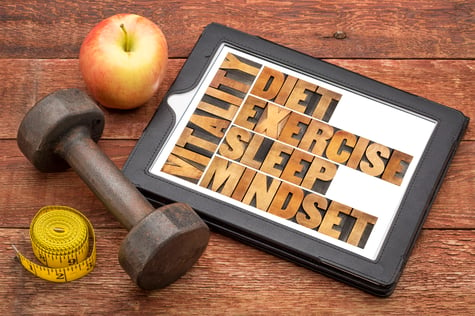 Let’s be real: a health journey is not always linear and not always easy. Sometimes it can be overwhelming and mucky. What do you do? Where do you start? What if you backslid and need to get back on track? There is so much to health, right? If you try to fix it all at once, you might become overwhelmed and at a greater risk of failure.
Let’s be real: a health journey is not always linear and not always easy. Sometimes it can be overwhelming and mucky. What do you do? Where do you start? What if you backslid and need to get back on track? There is so much to health, right? If you try to fix it all at once, you might become overwhelmed and at a greater risk of failure. 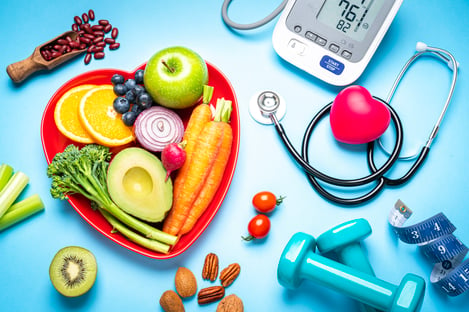 Did you know that cardiovascular disease is one of the leading causes of death?
Did you know that cardiovascular disease is one of the leading causes of death? 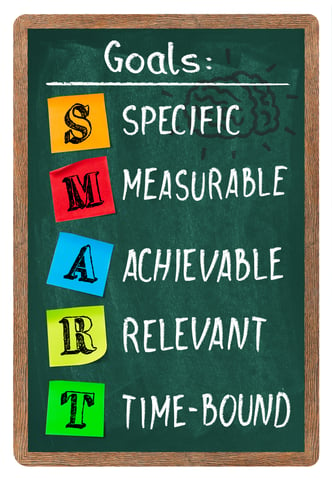 Think about some top goals you have. Maybe your top goal is to
Think about some top goals you have. Maybe your top goal is to 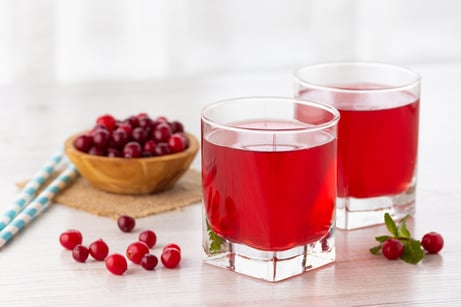 Cranberries and cranberry-derived products are commonly used as a remedy for urinary tract infections, especially among women. Cranberries contain proanthocyanidins (PACs), specifically
Cranberries and cranberry-derived products are commonly used as a remedy for urinary tract infections, especially among women. Cranberries contain proanthocyanidins (PACs), specifically 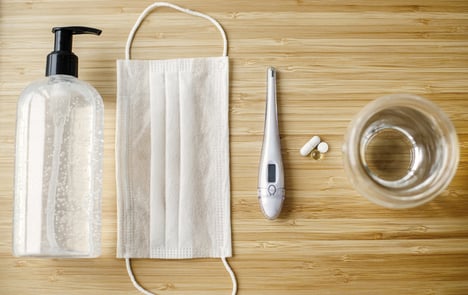 Healthcare providers and scientists are all working diligently to find ways to prevent, treat, and cure COVID-19. Many of us are eager for answers and probably getting tired of not knowing what to believe. One of the hot topics floating around is about Vitamin D’s role in preventing COVID-19. Can Vitamin D really protect us against COVID-19 or at least lessen the effects? Let’s take a look.
Healthcare providers and scientists are all working diligently to find ways to prevent, treat, and cure COVID-19. Many of us are eager for answers and probably getting tired of not knowing what to believe. One of the hot topics floating around is about Vitamin D’s role in preventing COVID-19. Can Vitamin D really protect us against COVID-19 or at least lessen the effects? Let’s take a look.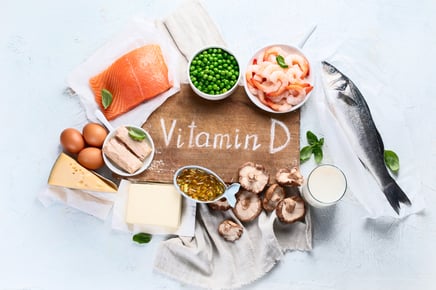 Vitamin D Recommendations
Vitamin D Recommendations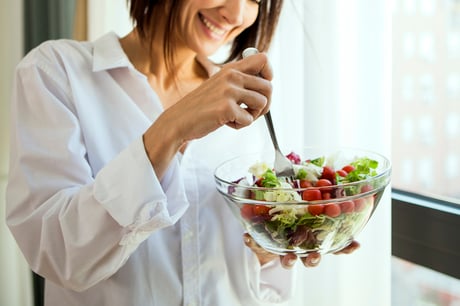 Come on. We've all heard this before—from friends, from coworkers, and possibly from our own mouths. I swear, salads are easily the most famous “diet food.” Why is that? Do we really have to eat salads to lose weight, clean out our “pipes,” or be healthy? In this blog I break down each of these claims and then talk about ways to improve your veggie game!
Come on. We've all heard this before—from friends, from coworkers, and possibly from our own mouths. I swear, salads are easily the most famous “diet food.” Why is that? Do we really have to eat salads to lose weight, clean out our “pipes,” or be healthy? In this blog I break down each of these claims and then talk about ways to improve your veggie game!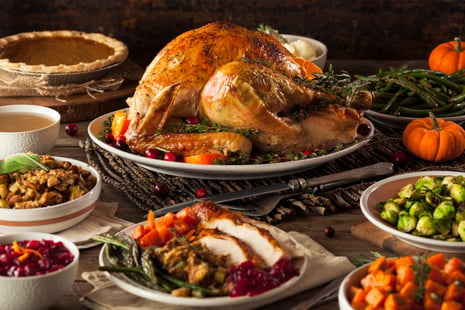 The holidays are HERE! We all know what happens around the holidays. I see two extremes in my practice as a Registered Dietitian:
The holidays are HERE! We all know what happens around the holidays. I see two extremes in my practice as a Registered Dietitian: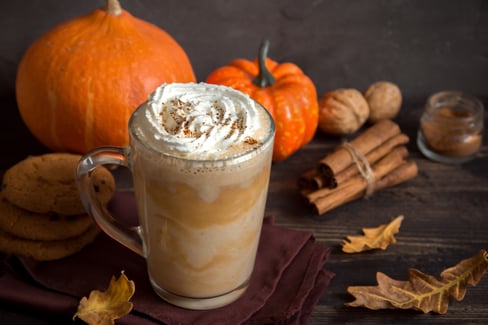 Pumpkin season is officially here, and I am SO excited! Call me “basic”—you would not be wrong. Starbucks has launched their pumpkin drinks. Food bloggers, including myself, are basically turning their kitchens into giant pumpkins. It is a whole thing.
Pumpkin season is officially here, and I am SO excited! Call me “basic”—you would not be wrong. Starbucks has launched their pumpkin drinks. Food bloggers, including myself, are basically turning their kitchens into giant pumpkins. It is a whole thing. 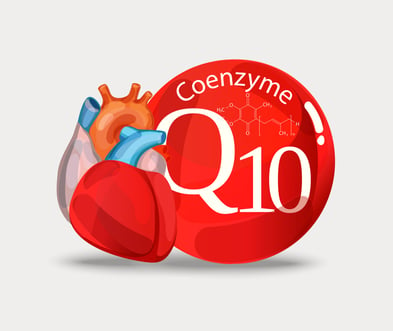 Coenzyme Q10, also known as ubiquinone, is a commonly used supplement by those with cardiovascular risks and disease, and especially those using statins. CoQ10 acts as a carrier in our cells to assist in
Coenzyme Q10, also known as ubiquinone, is a commonly used supplement by those with cardiovascular risks and disease, and especially those using statins. CoQ10 acts as a carrier in our cells to assist in